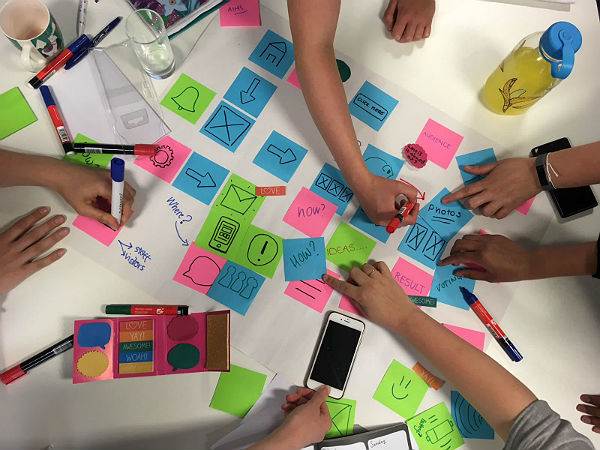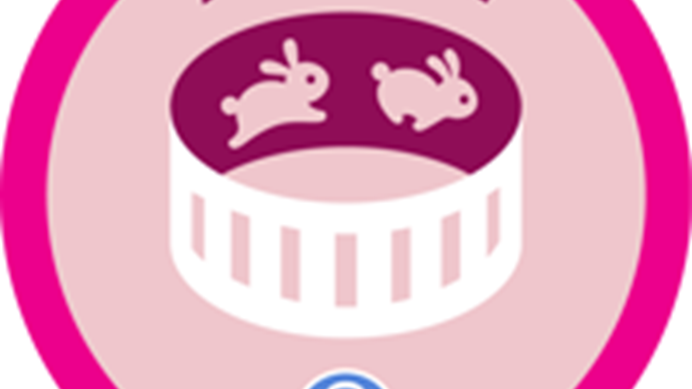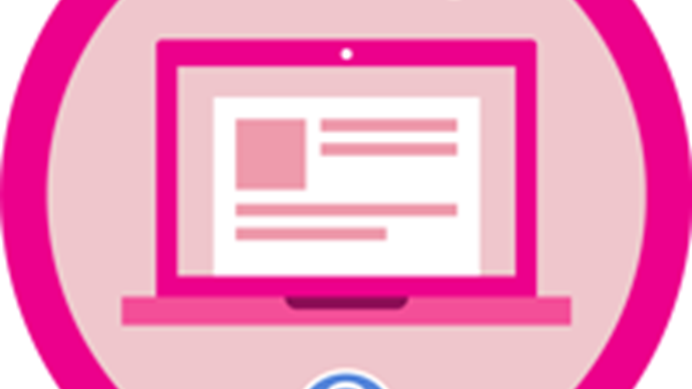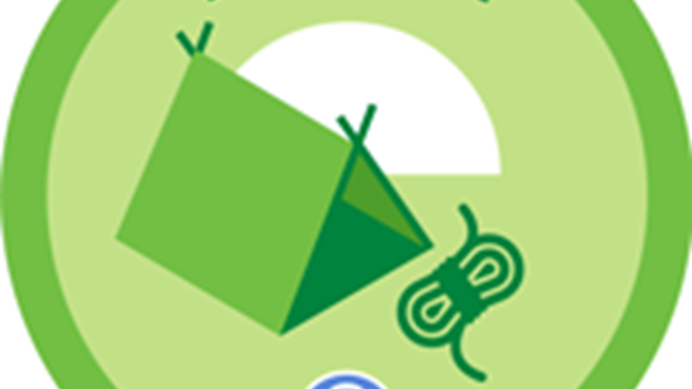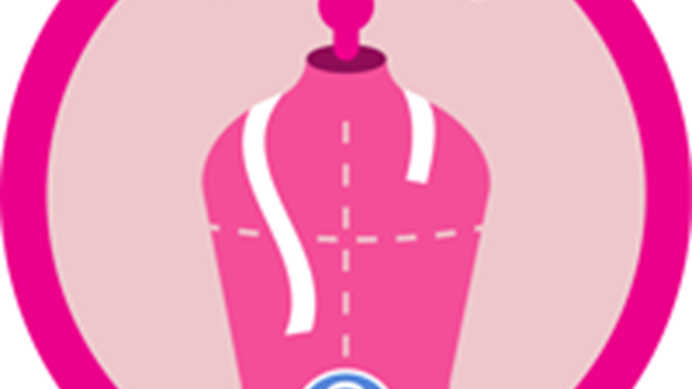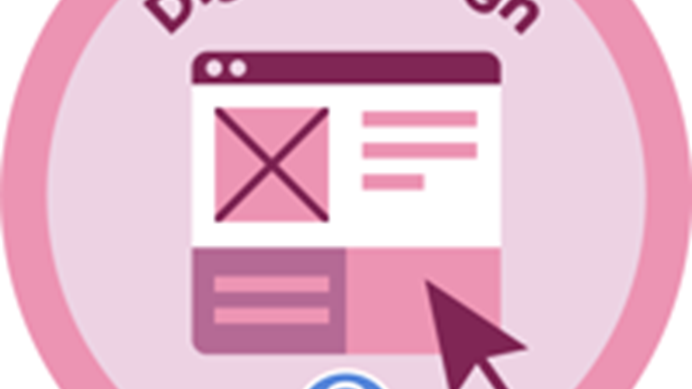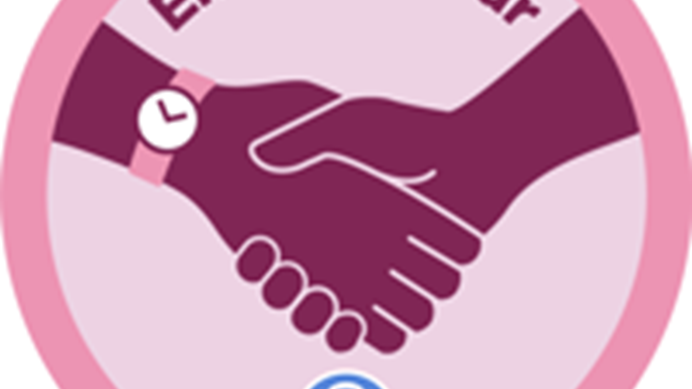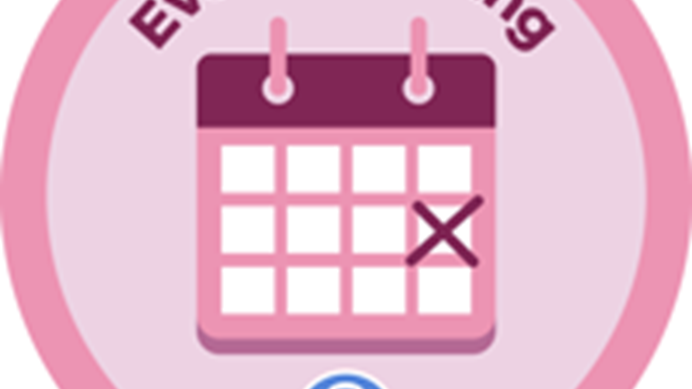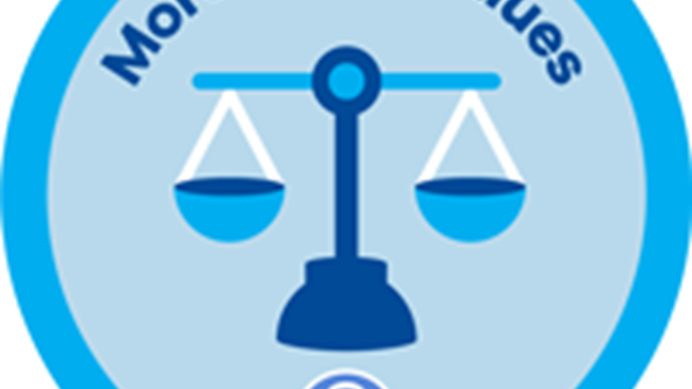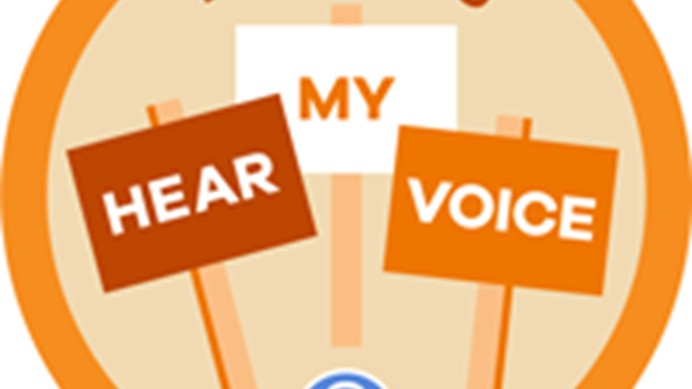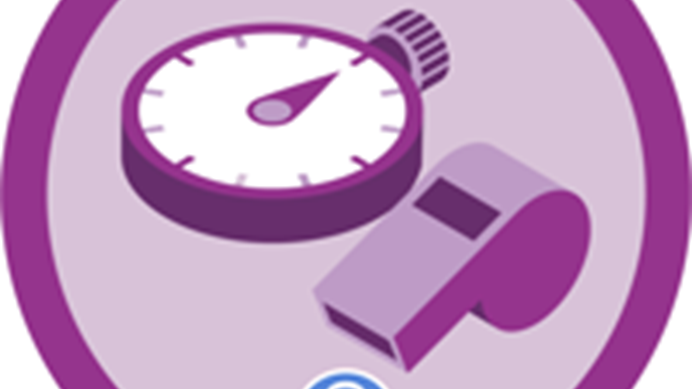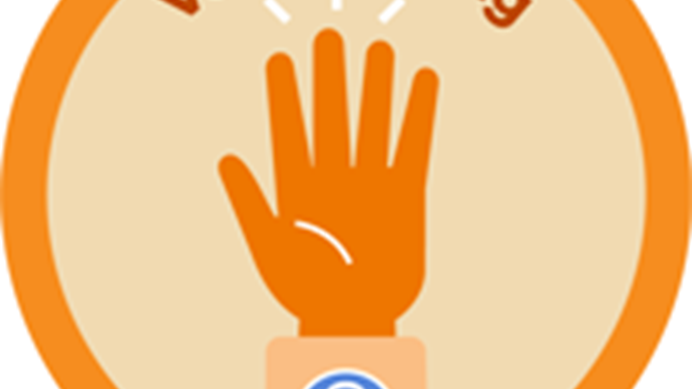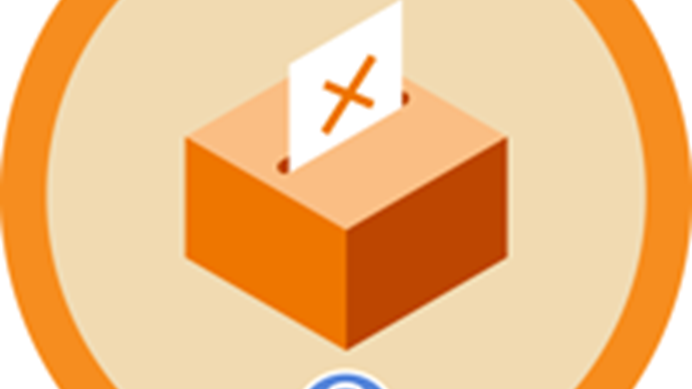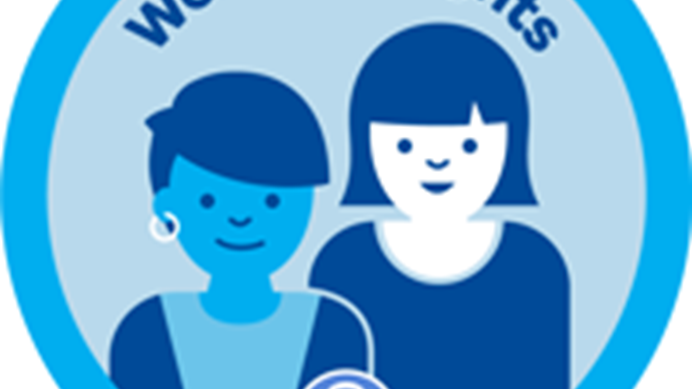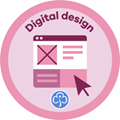

Interest badges
Digital design

Skills for my future
There's an app for that
You don’t need to be a coding genius to come up with a brilliant design for a new app, website or game. Take on the role of a developer and create the user experience you wish was already invented.
Getting a Rangers interest badge
There are 18 interest badges for you to earn at Rangers, and 3 fun challenges to do for each badge.
You can do these badges at any time, anywhere and in any way you’d like. You can do them on your own or with units, during unit meetings, at home or even on holiday.
How to complete this badge
1. Find your idea
To build a great app, website or game you have to know what people need or want to use, what would be a useful solution for them, or what game they’d play again and again.
Start designing your app, website or game by finding out what products people already use and any problems they have with them. Also look at what problems they face every day that your design could help. You could do this in person or online by:
- Doing an online poll or survey.
- Hosting a focus group.
- Having one-to-one conversations.
- Posting questions on a forum.
Use your research to decide what to design. Remember to stand out from the crowd – think about your ‘unique selling point’.
Another way to come up with an idea is through ‘competitive research’ – identifying an existing product’s strengths and weaknesses and then modifying it, thinking about what it offers and how you can improve it.
2. Plan the journey
Before developers begin coding they first plan the layout and flow they want on paper.
Plan the layout and flow of your design. Think about how people will use and interact with it. Work out how they’ll move between different parts – where will links lead to? How do you want users to process information? This is called the ‘user journey’. It might help to think about how an app you already use works.
Present your plan visually: use sticky notes, sketch on paper or any other way you’d like.
When you’ve got your map of screens think about what each screen does, and how it answers the needs you discovered in challenge one. Play with your design until it flows well.
Once you’re happy, you could make your design more realistic by creating it in a digital format using presentation software or a website maker.
3. User testing
It’s test time!
Put together some questions to check if your testers understand your design. Developers call this a ‘script’; it’s like a short story asking someone to use your design.
Find your guinea pigs (if your design has a target audience try to find the right people), run them through your script and show them the first screen. Get them to think aloud as they ‘use’ your design on their own. Make notes of their feedback.
You could ask: what doesn’t make sense? What’s missing? On a scale of 1-10, how easy was it to use?
This exercise isn’t about getting it right, it’s about getting answers to your questions.
Finally, use their feedback to improve your design.
Take it further
Code it! Why not take your design from lines on a page to lines of code?
Internet safety
To keep safe online, I will…
- Not share any personal information on the internet (my full name, my home or school address, my phone number or my email address).
- Only download files on to my devices with permission from my parent or carer.
- Always ask permission before uploading photos or videos online. If I send pictures, I'm aware that these can be forwarded onto others.
- Tell my parent or carer, teacher or leader if something online worries or upsets me.
- Only add people online that I know in the real world.
- Be wary of emails that contain unknown links. I know clicking links can download viruses or other harmful files onto my devices.
- Treat people online with the same respect as I would in the real world. I'll never write anything that might hurt or upset someone.
- Not meet up with someone that I've met online and if someone asks me to do so, I'll tell a parent or carer.
- Think carefully about what I read, hear and see online, and not trust information unless I've checked it on other websites or in books, or have asked an adult about it.
Personal details
- You should never share your personal information with strangers.
- Don’t include identifiable information (like your full name or where you live) on the things you make.
- Check what you've made with your parent or carer before sharing it with other people.
Including others
- Make sure your parent or carer knows you’re talking to other people and who they are.
- Never talk to strangers on your own.
- If you feel worried or confused by any of the answers given, talk to an adult you trust straight away.
